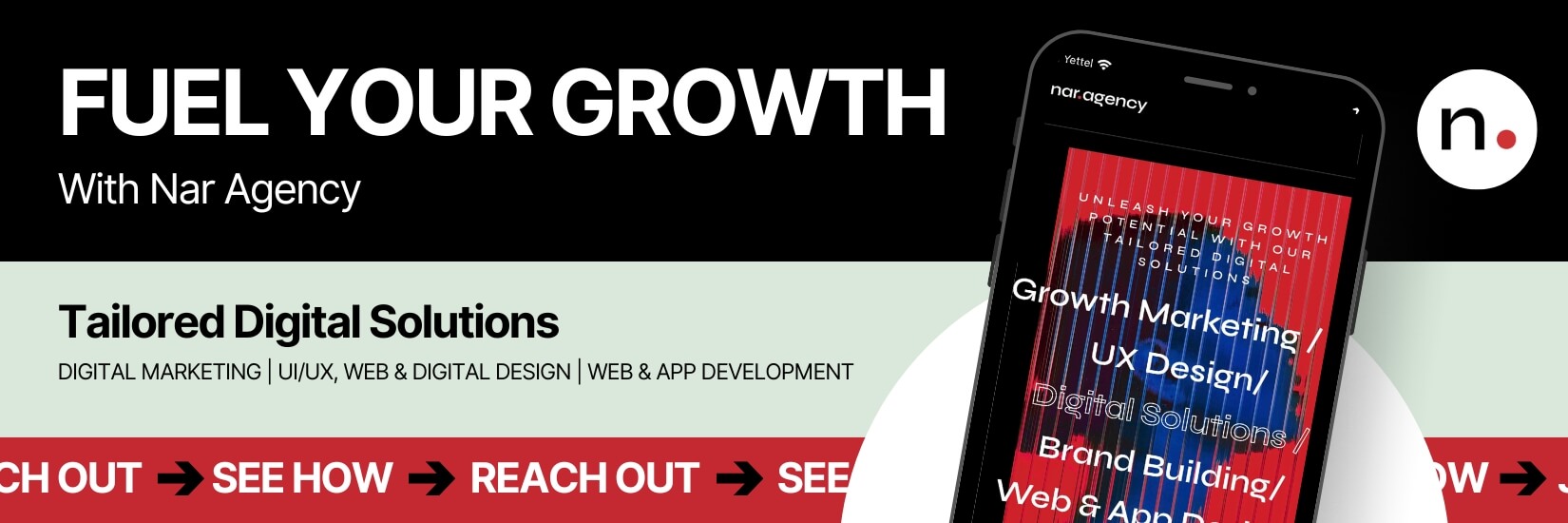Table of Contents
Most businesses treat referral programs like a quick-win tactic – a flash sale for new customers. But what if you could transform your referral program from a one-hit-wonder into a self-sustaining engine of growth? That’s the power of the referral program flywheel.
Imagine a giant, heavy flywheel. It takes a lot of effort to get it spinning initially. But once it gains momentum, it becomes easier and easier to keep it going. That’s the beauty of a well-designed referral program. It harnesses the power of compounding, turning satisfied customers into your most powerful marketing force.
In this article, we’ll break down the exact steps to build a referral program flywheel that generates sustainable growth for your business. We’ll explore how to:
Lay a solid foundation with the essential elements of a high-converting program.
Ignite the flywheel with strategies to drive those crucial first referrals.
Maintain momentum by keeping your customers engaged and the rewards flowing.
Optimize for growth by measuring, analyzing, and continuously improving your system.
Get ready to ditch the short-term tactics and build a referral program that works as hard as you do.
Let’s dive in!
Laying the Foundation: Essential Elements of a High-Converting Referral Program

You wouldn’t build a house on a foundation of sand, would you? (Okay, maybe if you’re into sandcastles, but you get the point).
A successful referral program needs a rock-solid foundation built on these key elements:
A Product or Service People Actually Want to Talk About:
This might seem obvious, but you can’t force referrals if your offering isn’t something customers genuinely love. Before you even think about referral bonuses, make sure you’re consistently delivering exceptional value.
A Seamless Customer Experience:
Referrals happen organically when customers have positive experiences at every touchpoint.
This means:
Frictionless onboarding: Make it easy for new customers to get started and see the value in your product or service.
Responsive customer support: Be there to answer questions and resolve issues quickly and efficiently.
Proactive communication: Keep customers informed and engaged throughout their journey.
A Strong Brand Community:
People are more likely to refer friends to a brand they feel connected to. Foster a sense of community by:
Creating opportunities for interaction: Host online forums, social media groups, or even in-person events where customers can connect with each other and with your brand.
Showcasing user-generated content: Feature customer testimonials, reviews, and social media posts to build social proof and encourage participation.
Recognizing and rewarding your biggest fans: Make your loyal customers feel appreciated and valued.
Clear Incentives (But We’ll Get to Those Later):
We can’t forget about the rewards, but we’ll dive deep into crafting irresistible incentives in a later section. For now, just remember that a strong foundation is crucial before you even think about dangling those carrots (or, you know, offering those amazing discounts).
Igniting the Flywheel: Strategies to Drive Initial Momentum

We’ve laid a solid foundation, but even the sturdiest structure won’t get very far without a little push to get it going. In the context of our referral program, that push comes from generating those crucial first referrals.
Think of it like this: the initial referrals are the sparks that ignite the flywheel. The more sparks you create, the faster the flywheel spins, and the more momentum you generate.
Here are some proven strategies to get those sparks flying:
1. Launch with a Bang: Create a Buzz-Worthy Campaign
Don’t just quietly announce your program. Create a sense of excitement and urgency with a well-timed launch campaign.
Think themed promotions, early-bird bonuses, or contests to reward the first wave of referrers.
Example: A meal-kit delivery service could launch their program during a popular food holiday with a “Refer a Friend, Get a Free Feast” campaign.
2. Tap Into the Power of Existing Channels
Don’t underestimate the reach of your current marketing channels.
Promote your referral program prominently on your website, in email newsletters, and across your social media platforms.
Example: An online clothing retailer could add a banner to their homepage and include a referral call-to-action in their order confirmation emails.
3. Make it a No-Brainer for New Customers
The onboarding process is a prime opportunity to introduce your referral program.
Make it super simple for new customers to share their referral link right after they sign up or make their first purchase.
Example: A project management software company could include a “Refer a Friend, Get a Free Month” prompt within their welcome email series.
4. Empower Your Employees to Spread the Word
Your employees can be your most enthusiastic advocates.
Incentivize them to share the referral program with their networks.
Example: A SaaS company could offer employees a bonus for every successful referral they generate.
5. Partner Up for Exponential Reach
Strategic partnerships can significantly expand your reach.
Collaborate with complementary businesses to cross-promote your referral programs.
Example: A fitness app could partner with a healthy meal delivery service to offer a bundled referral bonus.
Ready to Ignite Your Referral Program?
We’ll help you launch with a bang and generate unstoppable momentum.
Timing is everything when it comes to asking for referrals.
Identify the moments when customers are most likely to be happy and engaged with your brand.
Example: A travel booking website could prompt users to refer friends after they’ve booked a trip or written a positive review.
7. Make Sharing Insanely Easy
The easier it is to share a referral link, the more likely people are to do it.
Implement one-click sharing buttons, pre-written social media messages, and mobile-optimized referral experiences.
Example: A music streaming service could allow users to share a referral link directly to their friends via text message.
8. Don’t Underestimate the Power of a Personal Touch
In a world of automated marketing, a little bit of personalization can go a long way.
Encourage your team to send handwritten thank-you notes to top referrers or reach out to loyal customers with personalized referral invitations.
Example: A subscription box company could send a handwritten note and a free gift to customers who have referred multiple friends.
9. Track Your Progress and Iterate
Keep a close eye on your referral program’s performance metrics.
Identify what’s working, what’s not, and make adjustments to your strategies as needed.
Example: If you notice that a particular referral channel isn’t generating many conversions, consider tweaking your messaging or exploring alternative channels.
Remember ⬇️
Igniting the flywheel requires a combination of strategic planning, creative thinking, and a deep understanding of your target audience. By implementing these tactics and continuously optimizing your approach, you can set your referral program up for sustainable success.
Maintaining Momentum: Keeping the Referrals Flowing

Congratulations! Your flywheel is in motion. But just like a rocket needs multiple stages to reach orbit, your referral program needs ongoing fuel to maintain momentum and achieve sustainable growth.
Here’s how to keep those referrals coming long after the initial launch excitement:
1. Turn Referrals into a Habit, Not a One-Time Ask
Integrate referral prompts seamlessly into the customer journey. Don’t just mention it once during onboarding—remind customers about the program at relevant touchpoints, like after a positive customer service interaction or when they leave a glowing review.
Example: A language-learning app could prompt users to refer a friend after they complete a certain number of lessons or achieve a fluency milestone.
2. Gamify the Experience: Tap into Our Competitive Spirit
Introduce elements of gamification to make referring more engaging and rewarding. Think tiered rewards, progress bars, leaderboards, and badges to incentivize participation and friendly competition.
Example: An online course platform could award badges to referrers based on the number of friends who enroll, with each badge unlocking increasingly valuable perks.
3. Personalize the Experience: Make It About More Than Just Rewards
Example: A sustainable clothing brand could create different referral campaigns targeting customers interested in eco-friendly fashion, ethical manufacturing, or supporting social causes.
4. Don’t Forget the Power of Surprise and Delight
Go above and beyond the expected rewards to create a sense of delight and appreciation. Think handwritten thank-you notes, personalized gifts, or early access to new products or features.
Example: A coffee subscription service could surprise their top referrers with a limited-edition blend or a virtual coffee tasting experience with their founder.
5. Constantly Experiment and Optimize
Regularly analyze your referral program data to identify areas for improvement. A/B test different messaging, rewards, and promotional channels to find what resonates most with your audience.
Example: If you notice that a certain type of reward isn’t driving many referrals, consider experimenting with a different incentive structure or offering a wider variety of reward options.
Optimizing for Growth: Measuring, Analyzing, and Refining Your Flywheel

You’ve built a solid foundation, ignited the flywheel, and kept those referrals coming. Now it’s time to fine-tune your referral engine for optimal performance and long-term success.
Think of this stage as continuous improvement for your referral program. By regularly measuring, analyzing, and refining your approach, you can ensure that your flywheel keeps spinning smoothly and efficiently.
Here’s how to make data-driven decisions to maximize your referral program’s impact:
1. Define Your Key Performance Indicators (KPIs)
Don’t just track vanity metrics like the number of referrals. Focus on the metrics that truly matter for your business goals.
Common referral program KPIs include:
Referral conversion rate (the percentage of referrals that turn into paying customers)
Customer lifetime value of referred customers (how much revenue a referred customer generates over their lifetime)
Cost per acquisition (CPA) of referred customers (how much it costs to acquire a new customer through your referral program)
Customer satisfaction and engagement with the referral program
2. Choose the Right Tools for the Job
Invest in referral program software or integrate with your existing marketing automation platform. This will make it easier to track referrals, automate rewards, and gather valuable data.
3. Analyze Your Data and Identify Areas for Improvement
Regularly review your referral program data to identify trends, patterns, and areas for optimization.
Ask yourself questions like:
Which referral channels are performing best?
What types of rewards are most effective?
Are there any bottlenecks in the referral process?
How engaged are customers with the program over time?
4. A/B Test and Experiment
Don’t be afraid to experiment with different elements of your referral program to see what resonates best with your audience.
Test different:
Referral incentives (types of rewards, reward amounts, reward structures)
Messaging and calls to action
Referral landing pages and forms
Promotional channels and tactics
5. Embrace a Culture of Continuous Improvement
Make data-driven optimization an ongoing part of your referral program management.
Regularly review your KPIs, analyze your data, and make adjustments to your strategies as needed.
Remember ⬇️
The most successful referral programs are those that are constantly evolving and improving. By embracing a data-driven approach, you can ensure that your referral program flywheel continues to generate sustainable growth for years to come.
Conclusion
Building a referral program flywheel is like setting up a machine that keeps running on its own. It starts with happy customers who love your product and want to share it with their friends. As more people hear about your product from someone they trust, they are more likely to give it a try. This cycle keeps going, bringing in new customers and growing your business without you having to constantly push for those referrals.
By focusing on customer satisfaction, offering enticing incentives, and constantly analyzing and improving your program, you can create a system that drives sustainable growth for years to come. Remember, the key is to keep the momentum going and always look for ways to make your referral program even better.
With dedication and the right strategies, your referral flywheel can become a powerful engine for long-term success.
Is Your Referral Program Reaching Its Full Potential?
We’ll help you track the right metrics, uncover hidden opportunities, and skyrocket your referrals.
Share :
Read More
10 Growth Marketing Strategies for Scaling Your Business in 2025
Discover 10 cutting-edge growth marketing strategies to scale your business in 2025. From leveraging AI and programmatic SEO to harnessing the power of podcasts and community-led tactics, learn how top companies are driving transformational growth. This guide explores proven methods for sustainable traffic growth, maximizing brand visibility, personalizing user experiences, and overcoming key B2B SaaS challenges. Unlock the secrets to balancing performance marketing with brand building and creating scalable growth through strategic content and sales assets.
How to Choose the Right Product Design Agency for Your Project
Choosing the right product design agency is crucial for your project’s success. This guide explores key factors to consider, including agency experience, portfolio quality, design process, collaboration skills, and technical expertise. Learn how to evaluate costs, check references, and make an informed decision to find the perfect partner for bringing your digital product vision to life. Discover the essential steps to selecting a product design agency that aligns with your goals and delivers innovative solutions.
Digital Product Design Trends for 2025
Discover the cutting-edge digital product design trends shaping 2025. From hyper-realistic 3D and AR to biophilic elements and AI-generated designs, explore how these innovations will transform user experiences and redefine digital interactions.




